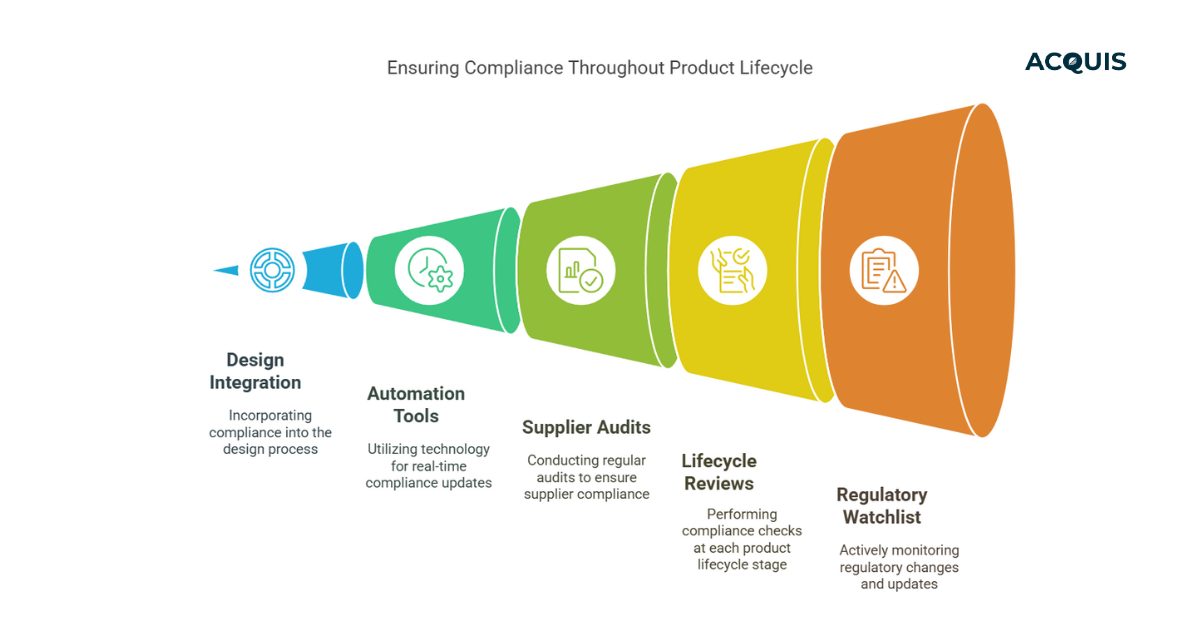Table of Contents
The European Union (EU) is stepping forward with an innovative approach to managing chemicals in alignment with its broader sustainability goals. This initiative, as outlined in a recent communication from the European Commission, revolves around the "essential use concept." This approach aims to refine the management of hazardous chemicals, ensuring they are only used when absolutely necessary for health, safety, or critical societal functions, and where no safer alternatives exist.
What is the Essential Use Concept?
The essential use concept is a strategic framework intended to significantly reduce the environmental and health risks associated with hazardous chemicals. It is based on two primary criteria:
- The use of the chemical must be necessary for health, safety, or critical for the functioning of society.
- No acceptable alternatives (in terms of safety and functionality) should be available.
This concept is not only a guideline but a transformative approach aimed at fostering a safer, more sustainable interaction with chemicals across various sectors of the economy.
Hazard Properties of Most Harmful Substances
The criteria for classifying chemicals as most harmful are stringent and based on a range of toxicological impacts. Here are the key hazard properties:
- Carcinogenicity Category 1A and 1B: These substances are known or presumed to have carcinogenic potential for humans, based on evidence from human and animal studies.
- Germ Cell Mutagenicity Category 1A and 1B: Chemicals in this category are known or presumed to cause genetic mutations, which are heritable and can be passed on to the next generation.
- Reproductive/Developmental Toxicity Category 1A and 1B: These substances can cause adverse effects on sexual function and fertility in adults, or developmental toxicity in the offspring.
- Endocrine Disruption Category 1 (Human Health and Environment): Endocrine disruptors interfere with the body's hormone systems, affecting both human health and wildlife, with potential multigenerational effects.
- Respiratory Sensitisation Category 1: This includes chemicals that lead to hypersensitivity of the airways after inhalation, potentially resulting in conditions like asthma.
- Specific Target Organ Toxicity – Repeated Exposure (STOT-RE) Category 1: Substances with this property can cause significant damage to organs through prolonged or repeated exposure.
- Persistent, Bioaccumulative, and Toxic/Very Persistent and Very Bioaccumulative (PBT/vPvB): These chemicals do not break down in the environment, accumulating in living organisms and posing long-term risks to health and ecosystems.
- Persistent, Mobile, and Toxic/Very Persistent and Mobile (PMT/vPvM): Similar to PBT/vPvB substances, but these also move through the environment easily, contaminating water bodies and other ecosystems far from their original source.
- Hazardous to the Ozone Layer Category 1: These are substances that contribute to the depletion of the stratospheric ozone layer, which is crucial for blocking harmful ultraviolet radiation.
Why the Essential Use Concept?
Europe's commitment to a greener future is evidenced in its ambitious European Green Deal. The essential use concept is a cornerstone in this strategy, aiming to strike a balance between technological and environmental needs. It seeks to ensure that the chemicals essential for new technologies, such as those needed for digital transformation and climate change mitigation, can still be used while minimizing ecological and health impacts.
Implementation in EU Legislation
The European Union's chemical regulation framework, particularly the proposed essential use concept, targets these substances for stringent control. The aim is to phase out or minimize their use unless absolutely necessary for critical functions like healthcare and safety, where no safer alternatives exist. This is part of a broader effort to move towards a non-toxic environment, supporting the EU's Green Deal and its ambitious zero pollution goals.
The classification of these substances and the regulatory measures put in place are not just about limiting their use but also about encouraging innovation in the development of safer chemicals and alternatives. By understanding these hazard properties, industries can better navigate compliance and contribute to a healthier, more sustainable future.
Impact on Industry and Innovation
The introduction of the essential use concept is expected to spur innovation within the chemical industry by pushing companies towards safer and more sustainable chemicals. This not only aligns with the EU's environmental goals but also ensures a competitive edge in the global market by fostering a clean and trustworthy supply chain.
Challenges and Considerations
Adopting the essential use concept is not without challenges. It requires a robust framework for evaluating chemicals based on their health and environmental impacts and their indispensability for societal functions. Furthermore, it necessitates collaboration across various stakeholders, including industry leaders, policymakers, and environmental groups, to ensure a transparent, effective implementation.
Looking Forward
The EU's move towards integrating the essential use concept into its chemical regulation framework marks a significant step in its sustainable policy agenda. By carefully defining and regulating the use of hazardous chemicals, the EU not only protects its citizens and environment but also leads by example in the global effort towards sustainable chemical management.
This approach provides a clear pathway for other regions to consider similar strategies, potentially leading to a global shift in how we manage and interact with chemicals. As we advance, the continuous dialogue between scientific evidence, industry practices, and regulatory frameworks will be crucial in refining and optimizing the use of chemicals for the greater good of society and the planet.



